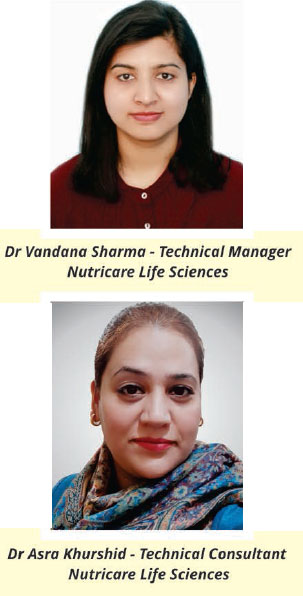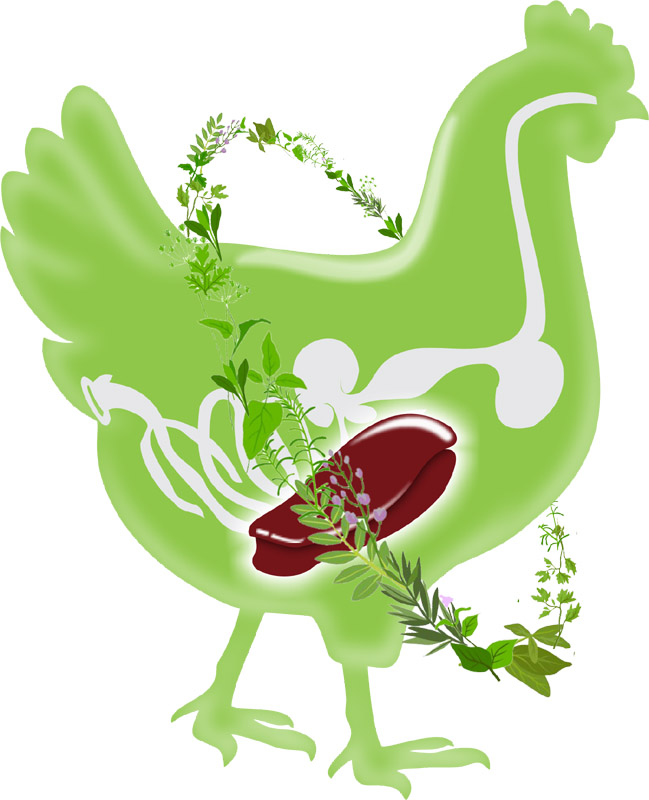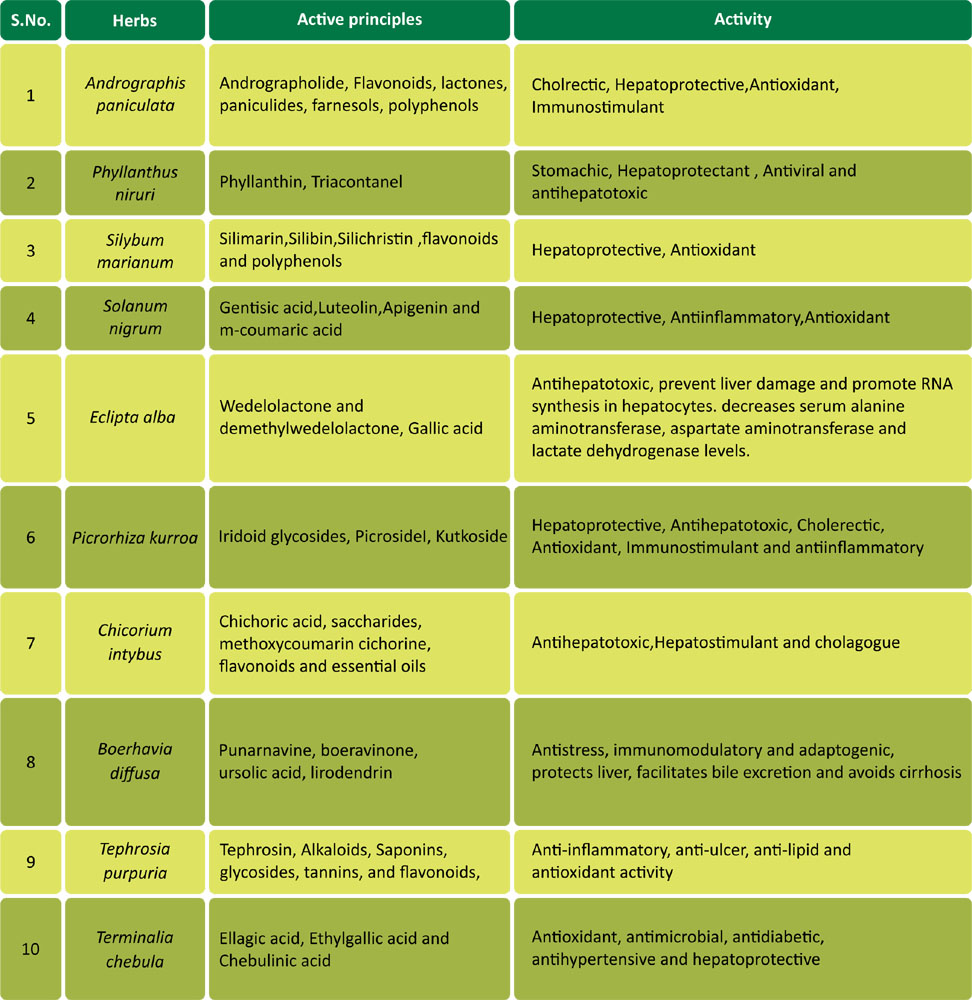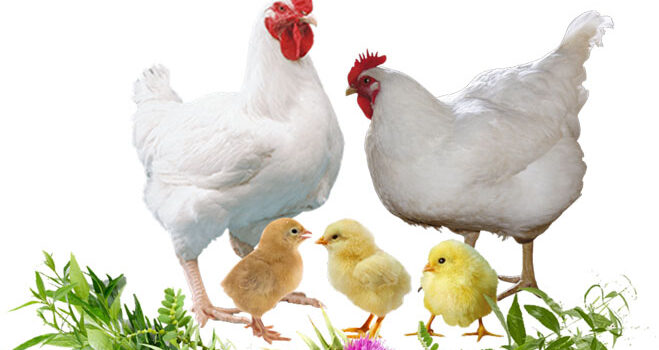Synopsis: The article discusses about the importance of liver health and how phytochemicals can effectively prevent liver dysfunctions and help in optimum egg production.
 Because the liver produces the egg yolk precursors, liver health is critical for optimum egg production. A strong egg production capacity is linked to a healthy liver. The liver is involved in the activation of vitamin D3, which has a direct impact on calcium metabolism and eggshell quality.
Because the liver produces the egg yolk precursors, liver health is critical for optimum egg production. A strong egg production capacity is linked to a healthy liver. The liver is involved in the activation of vitamin D3, which has a direct impact on calcium metabolism and eggshell quality.
Liver: Central Organ of the body
The liver is a large and vital organ that plays a key role in nutrition. It is one of the busiest organs in body primarily involved in lipid, protein, and carbohydrate metabolism & detoxification. It can also store a variety of fat-soluble vitamins (A, D, E, and K), as well as water-soluble vitamins (B1, B2, and B12) and minerals (Fe and Cu). In addition, the liver is engaged in the activation of vitamin D3 in order to increase calcium absorption for the development of eggshells. Furthermore, the liver is necessary for the conversion of poisons into water-soluble waste products that can be eliminated through the kidneys.
Agents causing Liver Damage
-
Toxic metabolic byproducts of fungus infestation on grains are known as mycotoxins. Fungal growth and toxin synthesis can occur when grains have a high moisture content. Toxins can be produced by fungi either before or after grain harvest. Moderate to severe liver damage is caused by eating grains that contain fungus generating toxins. Aflatoxin-related liver lesions include enlarged fatty livers with bleeding and anaemia. An inflamed, bright red to yellow hemorrhagic liver is one of the symptoms linked with trichothecenes from Fusarium fungi. Aspergillus and Penicillum create ochratoxin, which is the second most common toxin. Fatty liver with bleeding and urate deposits on the liver are among the Ochratoxin-related symptoms.
-
A range of liver disorders are caused by nutritional deficiencies or imbalances. Anti nutritional factors (ANF) may be present in the diet, preventing feed absorption, use, or metabolism. These ANF produce varied degrees of liver damage due to excessive lipid peroxidation. Fatty liver can be detected in birds given a high-energy, low-protein diet, and liver parenchyma haematomas are common in cage layer exhaustion.
-
Higher ambient temperatures lower energy demands, resulting in a more favourable energy balance. Birds regulate their body temperature by using evaporative cooling during breathing. Excess belly fat can obstruct regular breathing and cooling, making these birds more susceptible to both heat stroke and liver rupture.
-
Many bacterial infections affect the liver. Fowl typhoid, which causes significant mortality in poultry, is characterised by an enlarged bronze colour mottled and fragile liver. Tuberculosis in poultry causes caseous necrosis, which is characterised by white, hard lumps of varying sizes in liver. Mycoplasma causes fibrnous perihepatitis, which is the leading cause of economic losses in poultry.
-
Inclusion body hepatitis (IBH), Marek’s disease, and Avian Leucosis are the most common viral disorders that affect the liver.
-
Other disorders that affect the liver include visceral gout, which is characterised by the presence of chalky white masses surrounding the liver and other organs. In the event of coccidiosis in chicken, multifocal greyish white coalescing lesions can be seen on the liver.
Liver Metabolic diseases
In birds, dietary fatty acids are secreted as portomicrons into the portal blood stream. Portomicrons pass through the liver before reaching the rest of the circulation due to their direct entry into the portal blood stream. This trait causes fat buildup in the liver in birds and exposes the liver to a variety of pathogenic agents and poisons. Liver diseases have far-reaching effects on the performance and health of birds. Hepatosis, necrosis, fatty liver, hepatitis, and cholangitis are the pathological abnormalities that ensue.
Reason behind Fatty liver in poultry
During high blood glucose levels, the liver can convert glucose into glycogen and triglycerides, which are stored as energy. It can break down glycogen to be used as glucose when blood glucose levels are low, which is controversial. Fats and amino acids can also be converted to glucose by the liver. When compared to the usage of fat or carbohydrates for energy, catabolizing protein needs a lot of energy and hence results in a larger heat increment. Fat is broken down into fatty acids and absorbed in the intestines; the majority of these fatty acids enter the bloodstream and eventually reach the liver. In the liver, fat production for yolk lipoproteins is an important step. The buildup of lipids in the liver begins when fat synthesis outpaces fat mobilisation. When it occurs over a prolonged period of time is results into fatty liver syndrome.
Oestrogen is linked to sexual maturity that causes the liver to store more fat for egg yolk production. In reaction to oestrogen levels, the liver size of the bird increases considerably as it enters egg production. The laying bird is predisposed to develop Fatty liver hemorrhagic syndrome (FLHS) due to a combination of positive energy balance and oestrogen impact.
Prevention strategies for optimum liver health
-
Avoid overfeeding of energy rich diet. Maximizing calorie intake during the early stages of lay is critical for productivity; however, when production declines, energy requirements will decrease. To keep birds from accumulating too much weight, feed density may need to be reduced. Reduce energy consumption by switching to a lower-energy diet and/or modifying feed management.

-
When compared to mash feed, crumbled or pelleted feed resulted in higher feed and calorie consumption. Crumb and pellets should be avoided in flocks that are vulnerable to FLHS.
-
To guarantee enough quantities of antioxidants to avoid tissue rancidity, layer diets should contain adequate levels of Vitamin E (50-100kg) and selenium (0.3ppm). Lipotropic agents, such as Choline (500 mg/kg), Methionine (0.1%), and Vitamin B12, aid in the metabolization of fat from the liver and aid in the recovery of damaged hens.
-
FLHS has been linked to calcium insufficiency. This can be addressed by supplementing the diet with large-particle calcium and Vitamin D. This permits the bird to consume more calcium without consuming too much of the feed’s energy component.
-
Using herbal supplements derived from plants plays a very pivotal role in protecting liver from hazards like excessive antibiotic use, mycotoxins and feed imbalance.
Can herbs protect liver damage in poultry?
With the growing demand for organically raised chicken, using naturally occurring nutrients could be a cost-effective way to increase farm production and health. Many herbs have been studied to have favourable effects on the liver, which can help boost farm productivity.
Some significant herbs with major activity on the liver for its protection and enhancement of functions are discussed in the table:

The nutritionists have been using the phytogenics in recent times to ameliorate the liver dysfunctions and to promote better liver health. Many products like Mintoliv with about 13 phytoactive rich herbs helps in providing liver proper care. These active ingredients act as hepatoprotective, hepatostimulative and hepatoregenerative in action, thus takes care of overall health of liver. Various researchers have found that these herbs act as hepatoprotective in aflatoxicosis, drug toxicity & other toxins and rejuvenates damaged liver tissues. They strengthen sluggish liver during debility, convalescence & anorexia. However, the research is still in infancy and more trials need to be carried to ascertain the mechanism of action of these actives.
Conclusion
Profitability requires maximising animal output according to genetic potential. The liver serves a number of important functions in the preservation of health and the efficient use of feed materials. Combinations of the herbs (as mentioned above) are available for use in poultry as feed additives to avoid liver problems and as a tool to promote feed utilisation, resulting in increased farm output. As a result, nature’s gift, herbal liver tonics, can help chicken farmers achieve optimum productivity based on genetic potential.
More details can be reached at www.nutricare.in
Other articles by Dr. Vandana Sharma: Toxin Management: Stopping Hidden Threat In Feed






